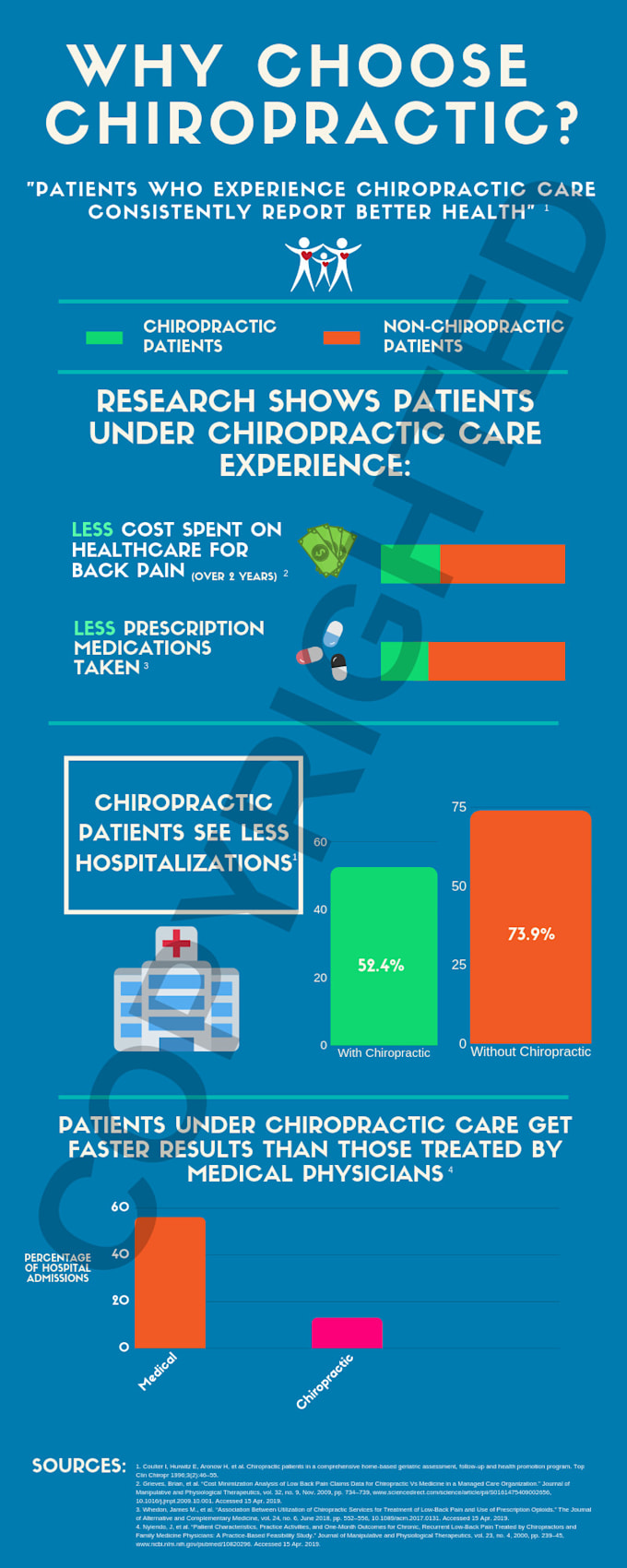What Your Neck And Back Pain Says About Your Health: Common Conditions And Signs
What Your Neck And Back Pain Says About Your Health: Common Conditions And Signs
Blog Article
Material Author-Martensen Hamilton
If you're experiencing neck and back pain, your body might be trying to inform you something greater than just discomfort. The way your back really feels can supply important ideas concerning your general wellness. Comprehending the details kind of pain you're feeling and any kind of going along with signs and symptoms is vital to unwinding the secret behind your pain. Let's explore the typical conditions and signs related to different types of neck and back pain to clarify what your body might be signaling.
Sorts Of Neck And Back Pain
When it concerns neck and back pain, there are different types that you may experience. One common kind is muscular tissue discomfort, frequently triggered by overuse, pressure, or injury to the muscle mass and ligaments sustaining the back. This type of pain can range from light pain to severe and devastating discomfort.
Another type is nerve pain, which can arise from problems like herniated discs or sciatica. Nerve discomfort usually presents as a sharp, shooting experience that radiates down the leg.
Joint discomfort in the back can originate from problems like joint inflammation or sacroiliac joint dysfunction. This sort of discomfort is typically really felt in the reduced back and can be intensified by certain activities.
Additionally, pain in the back can be related to structural problems such as spinal stenosis or vertebral cracks. Recognizing the sort of back pain you're experiencing is important in figuring out the proper therapy and administration methods.
Common Manifestations to Expect
Relocating beyond the numerous sorts of neck and back pain, it's important to identify the typical signs that can indicate underlying issues.
Persistent back pain that worsens with activity or in the evening can suggest a much more significant issue. Tingling or tingling in the legs or feet, especially when accompanied by weak point, may indicate a nerve-related problem. If you experience sudden weight loss in addition to pain in the back, it could be an indicator of a much more systemic problem.
Take notice of any changes in bladder or bowel feature, as this could be linked to spinal cord compression. Fever, chills, or night sweats along with back pain may signal an infection. Watch out for lower back muscle pain that emits down one or both legs, potentially indicative of sciatica.
Health And Wellness Conditions Linked to Pain In The Back
If you struggle with pain in the back, it's crucial to comprehend the prospective wellness problems linked to this discomfort. Pain in the back can be a sign of various underlying issues, including muscular tissue strains, herniated discs, osteoarthritis, spine stenosis, and even problems like kidney rocks or infections.
Muscle mass stress are common and usually arise from raising heavy items or abrupt activities.
Herniated discs happen when the soft tissue in between vertebrae protrudes, causing nerve inflammation.
Osteo arthritis, a degenerative joint illness, can result in back pain as cartilage wears down.
Spinal constriction, the narrowing of the spine canal, can put pressure on nerves.
Kidney rocks might trigger extreme pain in the back if they move into the urinary system.
Infections like spinal osteomyelitis can additionally materialize as neck and back pain. Understanding these prospective health conditions can aid you look for ideal healthcare and management for your pain in the back.
Read the Full Guide , next time your back hurts, take note of the type of pain and going along with signs. Maybe a signal from your body concerning underlying health problems like muscle stress, nerve issues, joint troubles, or even architectural problems. By acknowledging low back spasms , you can take proactive actions to deal with the origin of your back pain and improve your total wellness and health.
